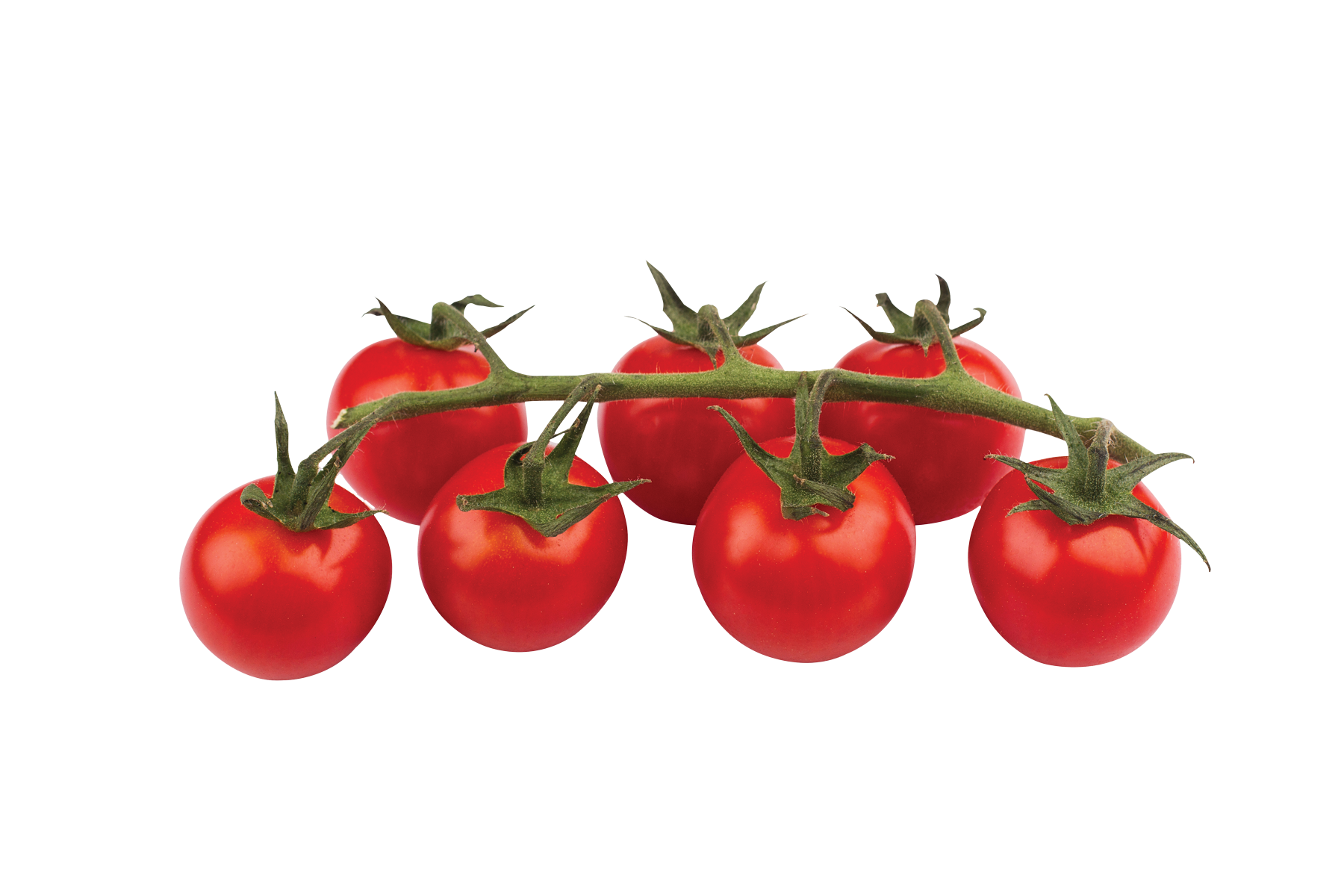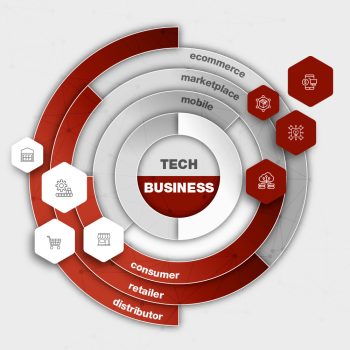
Viable paths into the Food System Transformation
Publications
Viable paths into the Food System Transformation:
Leveraging profit pools to escape the valley of death
A new reality
is nipping at the heels of executives around the globe: The food system value chains we’ve been operating in are no longer the secure and stable business ecosystems they once were. From rising supply costs and environmental stresses to consumers demanding healthier and more sustainable products, it’s past time to evolve the conventional business models that the food industry has relied on.
The thought of shaking up business as usual may be an uncomfortable prospect – especially if the current strategy is still a reliable source of revenue. But companies no longer need to be trailblazers testing out cutting-edge business models with no references to guide them. Players across the food system value chain are already applying new approaches that the entire industry can learn from. They are being driven by three connected forces:
Planetary impacts
The environmental effects and degradation that many conventional business models have caused are real – eroding their viability moving forward and leading consumers and supply chains to start taking notice. Gone are the days when these statistics were treated as inconvenient truths. No longer a bleeding-edge development, the food system transformation is now a burning platform for businesses across the entire value chain.
The food system and emissions
Overall food value chain: 26-34% of global GHG emissions (or 13.6-18 Gt of CO2-equivalent)
This can be broken down into:

Entering the future food system
Making it happen: At the end of the day, a profit pools analysis forces executives seeking to enter the future food system to address and balance some serious trade-offs:
- Appetite: Assessing whether the business has the capacity and appetite to overcome barriers inherent to entering a nascent industry with an unconventional product
- Attractiveness: Deciding whether the profit pool scenarios that prove viable will also be attractive and coherent considering the current essence of the business
- Strategy: Preparing for a fundamental shift in strategy that this space often demands when moving from verticalized to a horizontal approach dependent on partners
With these uncertainties accounted for, nailing down a sound strategy capable of going to market also boils down to scalability. The challenge here involves securing the conditions needed to enable a transition from a viable product to commercialization – commonly referred to as the “valley of death”.
Discover how to make the math work
TALK TO US
- On 2 May 2024




